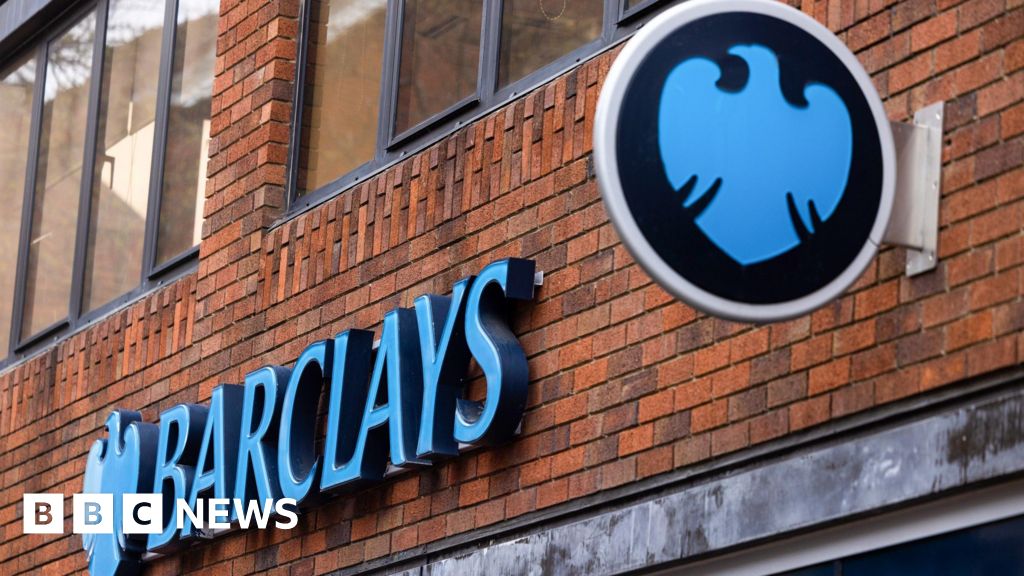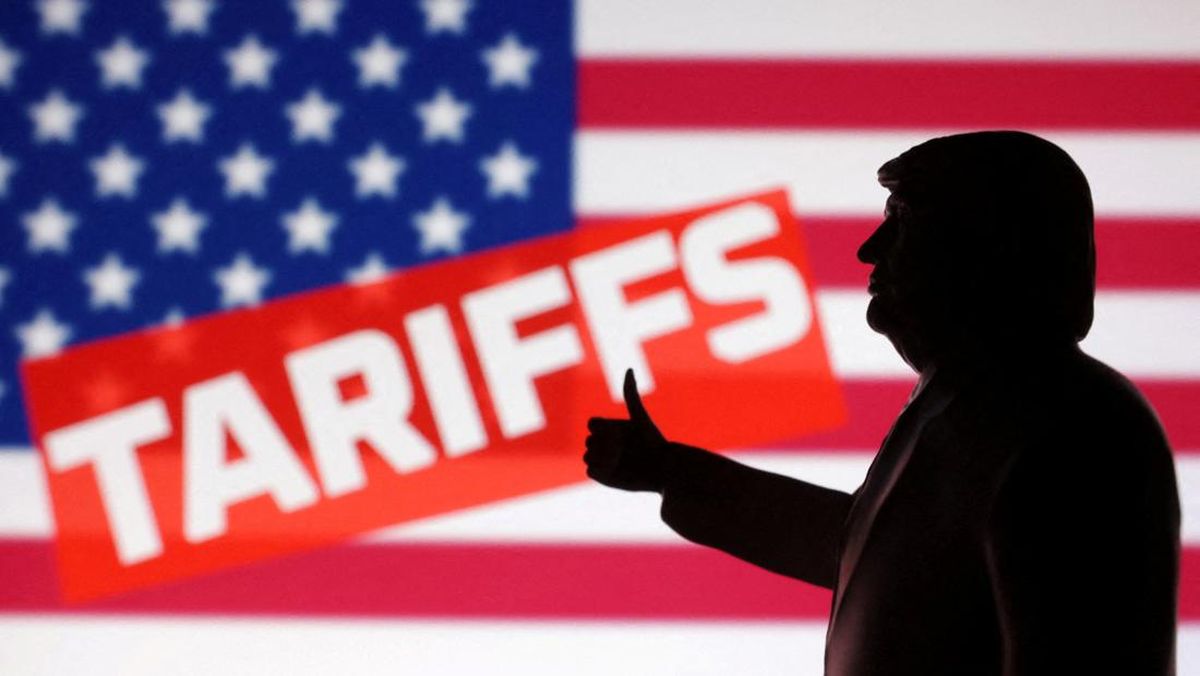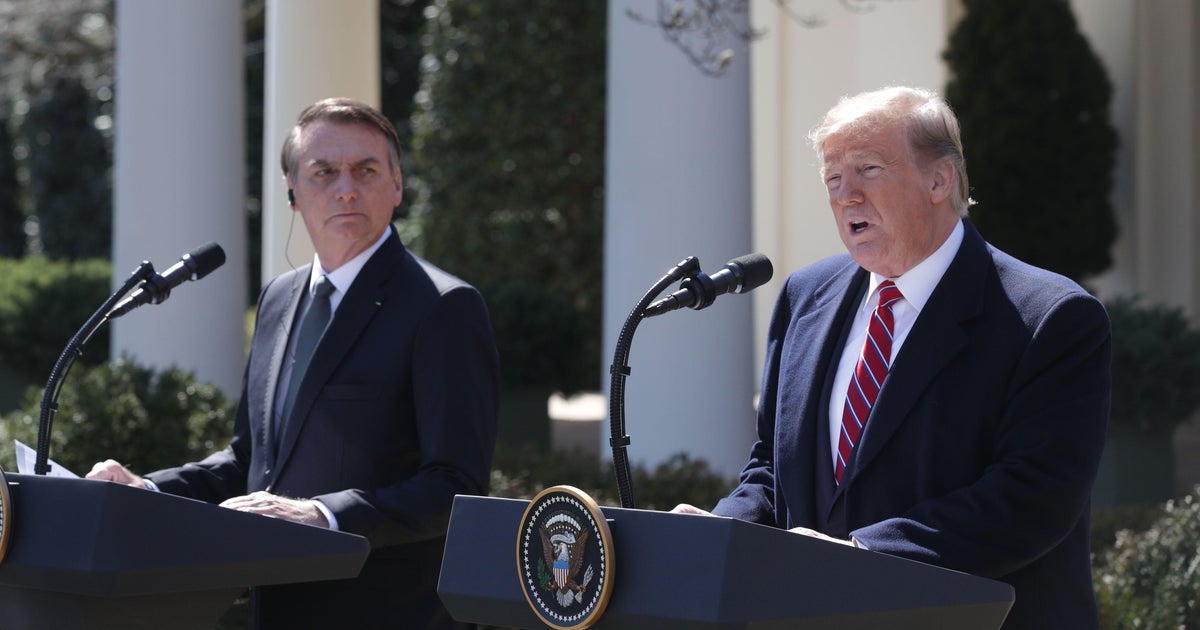Donald Trump’s Treasury Secretary claimed that US inflation data on Tuesday proved Wall Street economists predicting tariffs would lead to a big increase in inflation were wrong; that there had been no substantial price rises. That was a highly premature declaration of victory.
Scott Bessent’s comment was also incorrect, or at least misleading, as was a Truth Social post by Trump that said inflation was very low and the Federal Reserve Board should cut US interest rates by three percentage points.

Donald Trump and Treasury Secretary Scott Bessent are being very misleading about what is happening with US inflation. Credit: AP
While the annualised headline inflation rate of 2.7 per cent in June was in line with expectations and the “core” rate of 2.9 per cent, which excludes volatile food and energy prices, was also as forecast, there were clear early signs that the tariffs are flowing through to prices.
Those sectors that are most tariff-exposed – fresh fruit and vegetables, household appliances and furniture, toys, clothing and sporting goods – all experienced prices increases.
Appliance prices rose the most since 2020, toys the most since early 2021 and sports equipment and household furnishings the most in three years. The price of oranges was up 4.7 per cent, olives 4.4 per cent and coffee (before the 50 per cent tariff on Brazilian imports) 2.2 per cent.
Loading
If cars (where prices fell, perhaps because consumers brought forward purchases) were excluded, the increase in core goods prices of 0.55 per cent was the biggest monthly rise since the late 2021 through to mid-2022 period, when the US inflation rate was soaring as the supply shocks from the pandemic hit.
The trend is definitely not Trump’s friend. In the year to April, the inflation rate was 2.3 per cent. It edged up to 2.4 per cent in May. Now it’s 2.7 per cent. If inflation in the three months to June were annualised the rate would be 2.4 per cent against the 1.7 per cent experienced in the three months to May.
US inflation is, therefore, rising, not falling, and moving away from the Fed’s target of 2 per cent.
The US sharemarket, which fell 0.4 per cent, and US bond yields, which rose, say that investors understood the data better than Bessent or his president. The odds on an early rate cut from the Fed have been lengthened, not shortened, by the data.
Bessent should know better than to claim victory at this point in the rollout of Trump’s tariffs, given his central role in that process.
While some tariffs were announced in February and Trump’s “Liberation Day” baseline and “reciprocal” tariffs on April 2, most of those tariffs were deferred for 90 days until July 9 and then, again, until August 1. They’re not even in place yet and, given Trump’s history – what Wall Street has dubbed the “TACO” trade, or “Trump Always Chicken out” – there is no certainty that they will be on August 1.
Those sectors that are most tariff-exposed – fresh fruit and vegetables, household appliances and furniture, toys, clothing and sporting goods – all experienced prices increases.
Given that US importers started front-loading their inventories in anticipation of the tariffs and continue to do so – they’ll have had at least four or five months to build their stocks before the bulk of the more punitive tariffs cut in next month, assuming they aren’t deferred again – the full impact of Trump’s trade war on the rest of the world won’t be known until, at the earliest, late this year.
Apart from the stockpiling, it can take a month from the point they are ordered to ship goods from Asia to the US and goods on the water before the tariffs come into effect are exempt from them.
There are a lot of lags, some of them now considerable, before tariffs announced in April actually flow through to consumer prices and the inflation rate.
Separate to the reciprocal tariffs, the 30 per cent rate Trump has threatened to impose on imports from the European Union and Mexico, the 50 per cent tariff on Brazil, the 50 per cent tariff on copper and more sectoral tariffs on pharmaceuticals, timber and semiconductors are also yet to come.

US consumers are starting to see a rise in prices on everyday goods.Credit: Bloomberg
The Yale Budget Lab says that, once those tariffs announced so far are implemented, including the tariffs on the EU and Mexico, the overall effective average tariff rate will be 20.6 per cent, the highest since 1910. Prices would rise by 2.1 per cent in the near term, equivalent to an average per household loss of income of $US2800 (about $4300).
The Yale researchers also say that the tariffs announced to date will raise $US2.5 trillion through to 2035. While Trump repeatedly (and falsely) claims that the revenue is coming from the exporting countries, Goldman Sachs economists says US consumers will end up paying about 70 per cent of the increased costs to importers.
The exporters might shave their margins, as might the importing companies who actually pay the increased customs duties when the goods pass through the US border, but the overwhelming majority of the cost of Trump’s tariffs will be a tax on US households’ consumption.
Loading
That’s why Trump’s claim that his tariffs will raise billions of revenue (which they will), while having no impact on inflation or the economy (they will have an impact) only makes sense if you believe him when he says the exporters will pay the tariffs (which they won’t).
The Yale Budget Lab says the tariffs to date will reduce US GDP by 0.9 percentage points initially and 0.5 percentage points thereafter, or about $US135 billion a year in 2025 dollars.
Higher inflation rates and lower economic growth equates to stagflation, which would be the Fed’s worst nightmare. It would be forced to either target the inflation rate with higher interest rates or rising unemployment with lower rates but even higher inflation.
That’s why, despite Trump’s verbal assaults on the Fed and its chair, Jerome Powell, the Fed is sitting on its hands and will continue to do so until there is a clearer picture of the likely effects of the tariffs.
Trump and the Republicans have been stepping up their attacks on Powell, with the director of Trump’s national economic advisers, Kevin Hassett, saying this week that the administration is still looking for the grounds to fire him. Trump really wants a rate cut.
Republicans have seized on costs blow-outs in the renovation of the Fed’s ageing and asbestos-riddled Washington headquarters to target Powell and to try to develop the grounds to fire him “for cause,” the only legitimate way a Fed chair can be removed.

Wall Street seems to be counting on Trump to back down. Credit: AP
Bessent, who says the administration has started a formal process to identify Powell’s successor when his term as chair expires next May, also says Powell should step down as a Fed governor at that point. His term as a board member doesn’t end until 2028.
The administration’s current strategy appears to be that it will appoint a chair-elect in January, when term of another governor, Adriana Kugler, ends. That would undermine Powell’s authority before he vacates the chair, although it might also see the incoming chair isolated by the rest of the board.
Loading
Trump has made it clear that a precondition of the new chair’s appointment will be their willingness to lower rates, with the most likely candidates – Hassett, Bessent, former governor Kevin Warsh and current governor Christopher Waller – all currently auditioning for the role by trying to demonstrate their rate-cutting credentials.
If, as the new chair takes Powell’s seat at the Fed’s board table, inflation is spiking because of Trump’s tariffs, the Fed will be in an invidious position, with its independence and credibility – and the stability of America’s bond and sharemarkets and its currency – at risk if it doesn’t respond with higher rates.
That could make for some interesting intra-boardroom discussions and, if the majority of Fed governors were to do what their mandate says they should do, another confrontation between Trump and the Fed.
The Business Briefing newsletter delivers major stories, exclusive coverage and expert opinion. Sign up to get it every weekday morning.
Most Viewed in Business
Loading


















































